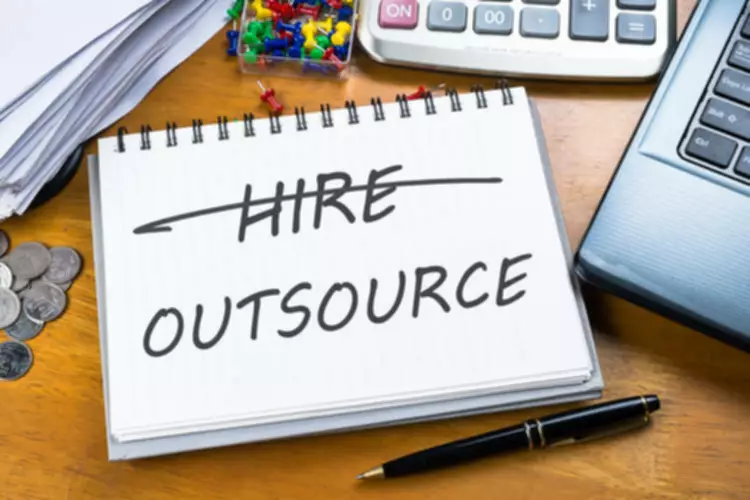Content

Because of ongoing depreciation, the net book value of an asset is always declining. However, it is possible under international financial reporting standards to revalue a fixed asset, so that its net book value can increase. Companies usually report their non-current assets as property, plant and equipment on the balance sheet. Yet, as assets lose value as time progresses, companies also report the depreciation and amortization expenses. Regardless of their physical form, the assets of a company must be accurately valued so that investors and financial analysts can properly assess the intrinsic value of the company.
What is PPE in accounting?
Property, plant, and equipment (PP&E) are a company's physical or tangible long-term assets that typically have a life of more than one year. Examples of PP&E include buildings, machinery, land, office equipment, furniture, and vehicles. Companies list their net PP&E on their financial statements.
Movable assets have an asset purchase cost of $5,000 or greater per unit and depreciate monthly for the life of the asset. Fixed assets are items a company buys with the knowledge they’ll own them for more than a year. In even plainer language, fixed assets are things you can see and touch that your business plans to hold and use for a while. Fixed assets are essential to the operation of virtually every kind of business—if you’re running a small-to-midsize business, you probably have at least one fixed asset. Here’s what fixed assets mean and why they matter for small business owners. In February 2016, the Financial Accounting Standards Board issued a new accounting standard for lease accounting.
What is the difference between fixed assets and current assets?
Assets are divided into current assets and noncurrent assets, the difference of which lies in their useful lives. Current assets are typically liquid, which means they can be converted into cash in less than a year. Noncurrent assets refer to assets and property owned by a business that are not easily converted to cash and include long-term investments, deferred charges, intangible assets, and fixed assets. When a company purchases a fixed asset, they record the cost as an asset on the balance sheet instead of expensing it onto the income statement. A fixed asset shows up as property, plant, and equipment (a non-current asset) on a company’s balance sheet. In accounting, the fixed asset definition or non-current assets definition is a long-term tangible asset.
Fixed assets are resources purchased for long term use in the business and are not likely to be sold for cash within 12 months. Leases of real estate are generally classified as operating leases by the lessee; consequently, the leased facility is not capitalized by the lessee. However, improvements made to the property—termed leasehold improvements—should be capitalized when purchased by the lessee.
Schedule for Depreciation
FreshBooks has cloud accounting software that makes finding and understanding your balance sheet simple. Net fixed assets are your total fixed assets minus any depreciation on your fixed assets and any liabilities, according to Accounting Tools. Simply put, this means that you need to account for any decrease in value of your fixed asset. Company ABC is a construction company that plans to purchase a second building for $15 million.
For example, if a company’s competitors have ratios of 2.25, 2.5 and 3, the company’s ratio of 3.75 is high compared with its rivals. Since values for some assets change frequently, revaluation can happen as often as once a year. Depreciation stops when the accumulated depreciation reaches the amount of the depreciable base. In example 1, a $100,000 asset with a four-year life and $10,000 salvage value, the following year-by-year breakdown shows the depreciation. Harold Averkamp (CPA, MBA) has worked as a university accounting instructor, accountant, and consultant for more than 25 years. He is the sole author of all the materials on AccountingCoach.com.
What are fixed assets – are they non-current assets?
When indicating fixed assets in a balance sheet, it is done in the form of PP&E, which are initials for Property, Plant, and Equipment. The fixed assets https://www.bookstime.com/articles/fixed-asset-accounting are purchased for the production of goods and services. They are referred to as fixed since they are not to be sold within an accounting year.
In modern financial accounting usage, the term fixed assets can be ambiguous. Specific non-current assets (Property, plant and equipment, Investment property, Goodwill, Intangible assets other than goodwill, etc.) should be referred to by name. Fixed assets are properties that are bought for long-term use for the generation of income. These are assets that are not likely converted into cash for a long time. It is vital to note that though selling or buying fixed assets is tedious, the transactions that involve these assets represent the inflow and outflow of money in a company.
Want More Helpful Articles About Running a Business?
Fixed-asset accountants often work with other accounting roles to calculate asset depreciation. They also ensure that accounting departments record and track assets correctly as well as handle tax accounting requirements for fixed assets. These assets do not support daily business operations, but they can help to generate revenue.

As a result, an inefficient fixed asset depreciation process can cause that company to waste capital that it could otherwise be applying toward smart investments that help the business grow. Any organization is going to need computers, copy machines, desks, and office equipment in order to thrive and do what it does best, no matter the industry. But all of these assets need to be tracked and depreciated over time according to complicated schedules. Depending on the asset involved and the rules and regulations that apply to it, an individual asset typically must be depreciated using multiple schedules. Depreciation methods and lives are usually different for financial accounting and federal and state income tax purposes.
How do companies use fixed assets?
When in doubt, please consult your lawyer tax, or compliance professional for counsel. Sage makes no representations or warranties of any kind, express or implied, about the completeness or accuracy of this article and related content. A metal tag with Duke University’s logo is applied to movable assets.
Current assets include rotating physical goods such as supplies and inventory. Fixed assets are tangible items a business owns that are held on a long-term basis, are not easily sold, and have value but are not sold regularly as part of doing business. The type of business is a driving force in the type and amount of fixed assets owned by a company. Fixed-asset accounting records all financial activities related to fixed assets.
